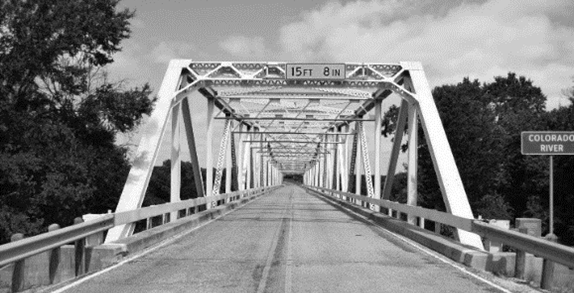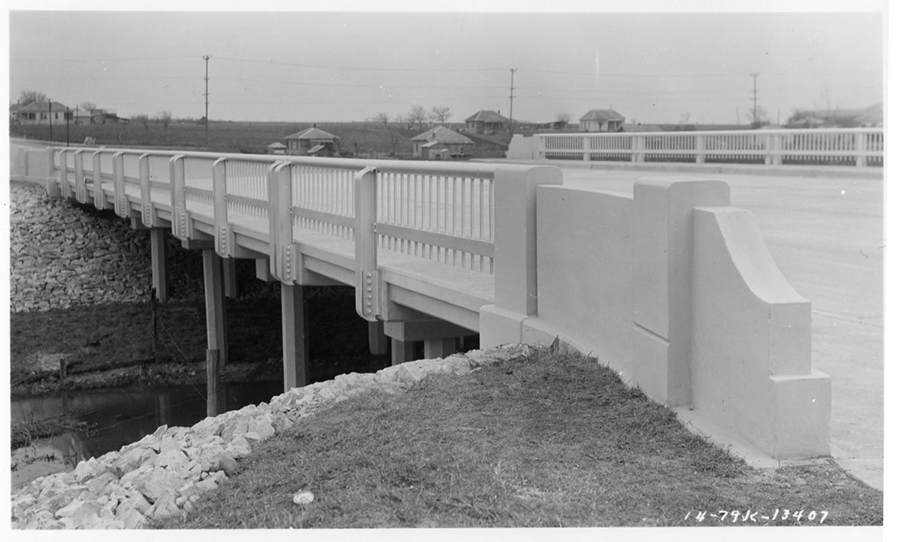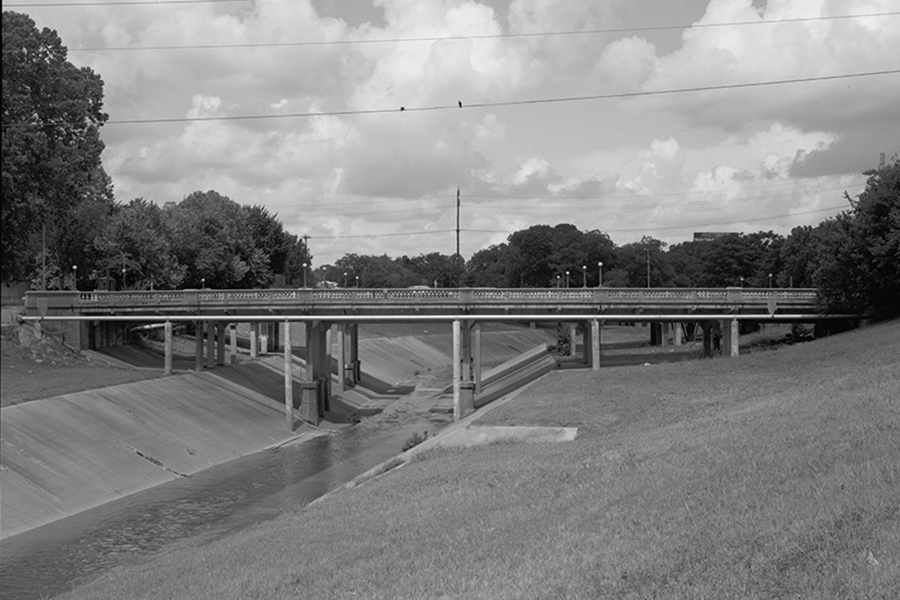Historic bridge survey update
Texas historic bridges

Did you know that TxDOT inspects over 55,000 bridges across the state? When bridges need to be repaired or replaced, TxDOT must assess the historical significance of the bridge before approving the project.
Bridges aren't just important for engineering. They tell stories about:
- National trends in transportation, such as building bridges to separate roadway and railway crossings.
- The development of cities.
- Shaping the identity of communities.
Since there are so many bridges in Texas, TxDOT evaluates them by dividing them into groups. TxDOT’s latest update re-assesses the historical significance of the state’s “non-truss” bridges constructed before 1946.
Survey status
TxDOT's Non-Truss Bridge (NTB) update is underway. To date, TxDOT has:
- Written a Historic Contextabout the construction and use of these bridges in Texas with an accompanying Visual Glossaryto illustrate some of the bridge terms used in the context.
- Established a process to evaluate the historical significance of the most common types of bridges built before 1945. This process follows the National Register of Historic Places requirements. This methodology also established which bridges require additional research and closer study. This methodology is available upon request by email.
- TxDOT is studying approximately 1,300 non-truss bridges that require additional research to determine if they have unique designs, engineering features, or histories that make them significant.
What is a truss bridge?
Truss bridges use a structural framework of triangles joined together to carry heavy loads. With a single exception in Texas, truss bridges are both metal and constructed in avariety of designs.

What is a non-truss bridge?
Non-truss bridges do not use a truss frame. They come in a variety of shapes (arches, beams, and slabs), materials, and sizes. Between 1905 and 1955, many Texas road designers used these types of bridges.


Questions or comments?
Contact Rebekah Dobrasko, Project Manager, Cultural Resources Section Director at 512-431-3422 or by email.